Researcher, mainly in the area of numerical methods; their implementation in software,
their application in engineering and science and their analysis. Particular interest in the
boundary element method (BEM), its application in acoustics (Helmholtz equation) and to the fundamental Laplace equation .
Also published papers on inverse diffusion (backward heat conduction problem) and on the finite-difference time-domain method (FDTD)
in elecromagnetics. Research publications can be found on
Google Scholar and ResearchGate .
Experienced lecturer in mathematics (particularly in the engineerng context), computer science and analytic engineering.
Communicator of STEM interests through LinkedIn groups and ResearchGate. 'Owner' of LinkedIn groups that support areas of research, education or technical
interest and they are listed below.
|
Group Logo
|
Number of members (April 2023)
|
Group details
|
Web link
|
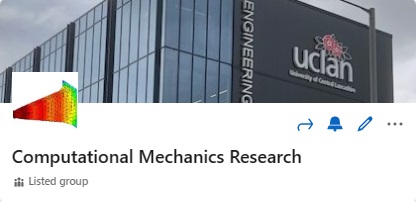
|
16.8K
|
The broad range of topics on using computation in the design of Structures, Fluids and Thermal problems and their interaction. Typically topics will be on
1. Practical Problems in Mechanical Engineering that can benefit from computational solutions
2. Mathematical Models
3. Numerical Methods
4. Implementation in Software
5. Application and experience of software
6. Verification of software. Comparison of results with test problems or measurements.
7. Visualisation of results
8. Research dissemination in Computational Mechanics (Conferences, Journals, Websites, Books etc)
|
link
|
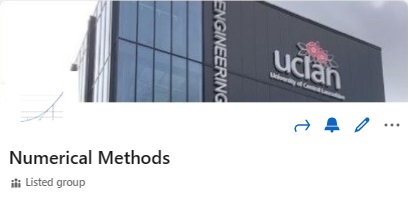
|
9.2K
|
The group covers intense numerical methods such as the finite element method, solution of integral equations, finite difference methods and the solution of ordinary differential equations and optimization. A crucial area of numerical methods is the solution on linear systems of equations and eigenvalue problems.
Elementary problems such as roots of equations, curve fitting and integration by numerical methods are also included. www.numerical-methods.com
|
link
|
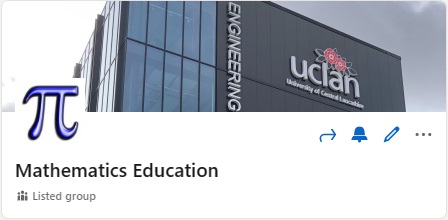
|
7.9K
|
Discussions are to be related to mathematics education.
Discussions on the use of new technology;
computer software or web-based support for maths education are particularly welcome.
|
link
|
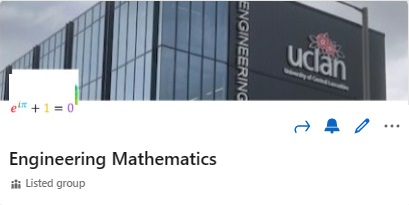
|
3.5K
|
The group focuses on mathematical modelling of practical real-world applications. This may extend to computational modelling and software. Working towards developing confidence in the mathematical and software support framework.
|
link
|
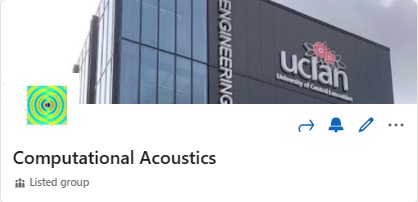
|
2.8K
|
The broad range of topics in using computer-based methods or software for acoustic analysis, simulation or optimisation. Typically topics will be on
1. Practical Problems, The primary focus should be on the acoustics but it may include cross-over problems such as vibroacoustics.
2. Mathematical Models
3. Numerical Methods
4. Implementation in Software
5. Application and experience of software
6. Verification of software. Comparison of results with test problems or measurements.
7. Visualisation of results
|
link
|
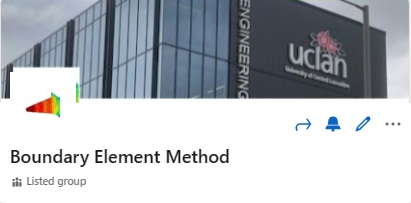
|
2.0K
|
To apply existing boundary element codes to new problems.
To extend to further boundary element application areas.
To develop new codes and to make as much as possible available for general use.
To develop more efficient and more widely applicable algorithms and software.
To link the boundary element method to other methods.
To develop and explain the mathematical basis of the boundary element method.
To explain the boundary element method to a wider audience.
website: www.boundary-element-method.com
|
link
|
|
Group Logo
|
Number of members (April 2023)
|
Group details
|
Web link
|
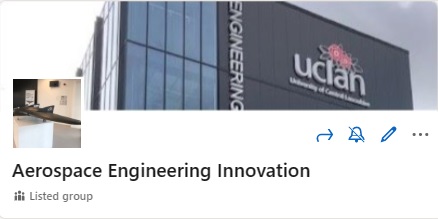
|
13.7K
|
This group is for those with an interest in aerospace technology. Articles and discussions will usually focus on current developments and research and future possibilities, particularly with regard to the development of new designs, technologies, observations, simulations, manufacture, communication and operation of aircraft or spacecraft.
|
link
|
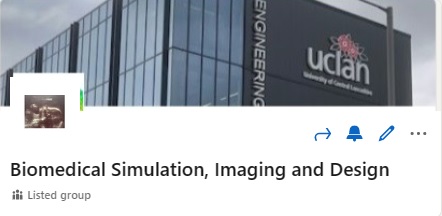
|
3.2K
|
Simulation or imaging of any part or process within the human body. This includes the development and use of the hardware, software and methodologies that are used and how they inform and support medical practice. The scope includes simulation of body component dynamics, imaging of bodily components and movement, design of implants and prosthetics. The main focus is on the human body, but the correlation of concepts with other animals is supported.
|
link
|
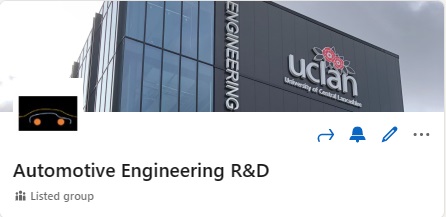
|
3.1K
|
This group is for anyone with an interest in automotive engineering.
For example vehicle design, manufacture and performance. |
link
|
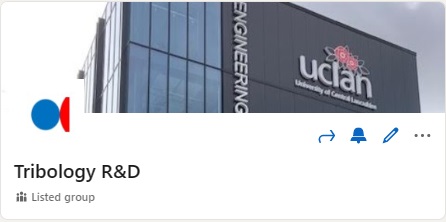
|
1.7K
|
Typical topics include the friction, lubrication, contact mechanics, surface damage processes and surface optimisation. |
link
|
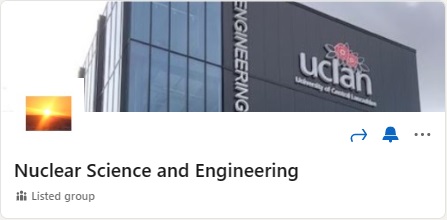
|
2.2K
|
Topics to be discussed will typically be related to civil nuclear science and engineering
1. Nuclear Science: nuclear fuel, nuclear radiation, fission and fusion, shielding
2. Nuclear Engineering: Designing, manufacturing and operating nuclear reactors and plant, extracting and processing nuclear fuel.
3. Nuclear Decommissioning: Dismantling, cleaning and clearing nuclear plant and facilities. Identification, processing and storage of nuclear waste. 4. Nuclear safety, security and safeguards.
|
link
|
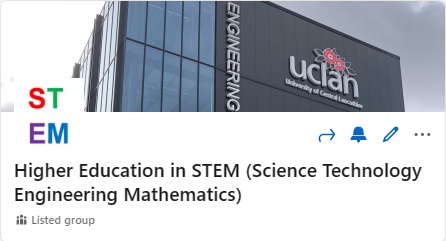
|
263
|
Articles and discussions are to be related to education in STEM subjects at university level or similar. Topics on the use of new technology; computer software or web-based support for engineering education are particularly welcome.
|
link
|
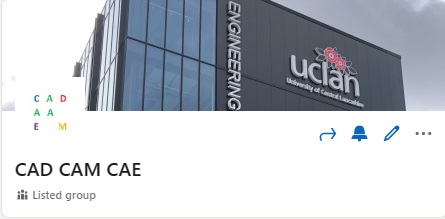
|
1.3K
|
Computer-aided Design
Computer-aided Manufacturing
Computer-aided Engineering
|
link
|

|
2.8K
|
The broad range of topics in using computer-based methods or software for acoustic analysis, simulation or optimisation. Typically topics will be on
1. Practical Problems, The primary focus should be on the acoustics but it may include cross-over problems such as vibroacoustics.
2. Mathematical Models
3. Numerical Methods
4. Implementation in Software
5. Application and experience of software
6. Verification of software. Comparison of results with test problems or measurements.
7. Visualisation of results
|
link
|

|
2.0K
|
To apply existing boundary element codes to new problems.
To extend to further boundary element application areas.
To develop new codes and to make as much as possible available for general use.
To develop more efficient and more widely applicable algorithms and software.
To link the boundary element method to other methods.
To develop and explain the mathematical basis of the boundary element method.
To explain the boundary element method to a wider audience.
website: www.boundary-element-method.com
|
link
|












